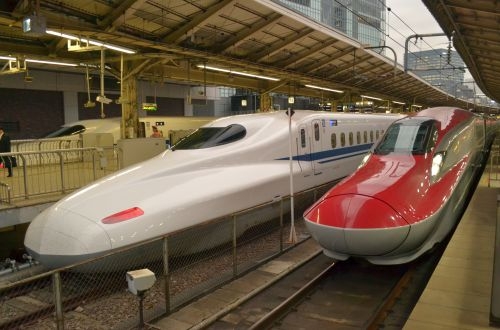Taiwan nó dùng shinkansen cụ à
CÒn Nhật thì dưới đây
There are caveats, however. Rail privatization did have costs in Japan. The government took on trillions in long-term JNR debt, putting a
¥14 trillion burden on taxpayers. Privatization also cost tens of thousands of jobs.
Furthermore, the future of the JRs is not assured. JR Hokkaido, the unprofitable operator, is a case in point. The government just promised ¥40 billion more to help the operator maintain its network. JR Hokkaido’s challenges are both geographic and demographic;
one-eighth of the firm’s stations had one passenger or less a day in 2016. It’s also been rocked by safety scandals in recent years. Other JRs have the buffer of real estate, advertising, and
profitable Shinkansen, but how long will those last?
This is exactly the problem that France’s embattled SNCF would face if privatized. The French rail system – like the system in Hokkaido – is weighed down by small, underused regional stations. SNCF received €14 billion in subsidies from the government in 2016, and still had €47 billion in debt in 2017, much of which the French government has now promised to absorb in return for some concessions.
Unlike the profitable JRs on Honshu that benefit from Shinkansen, state-owned SNCF will continue to be burdened by regional lines that can only survive with government support.


 .
. 
